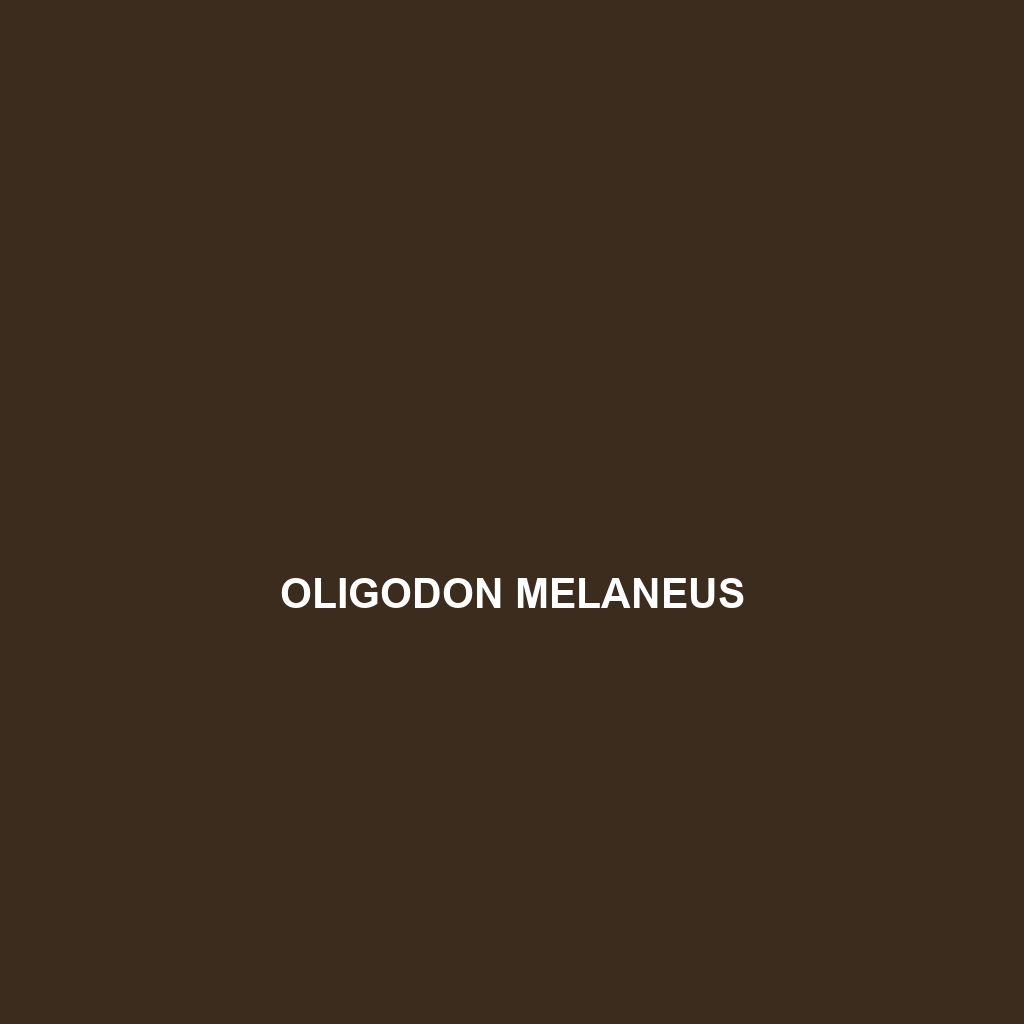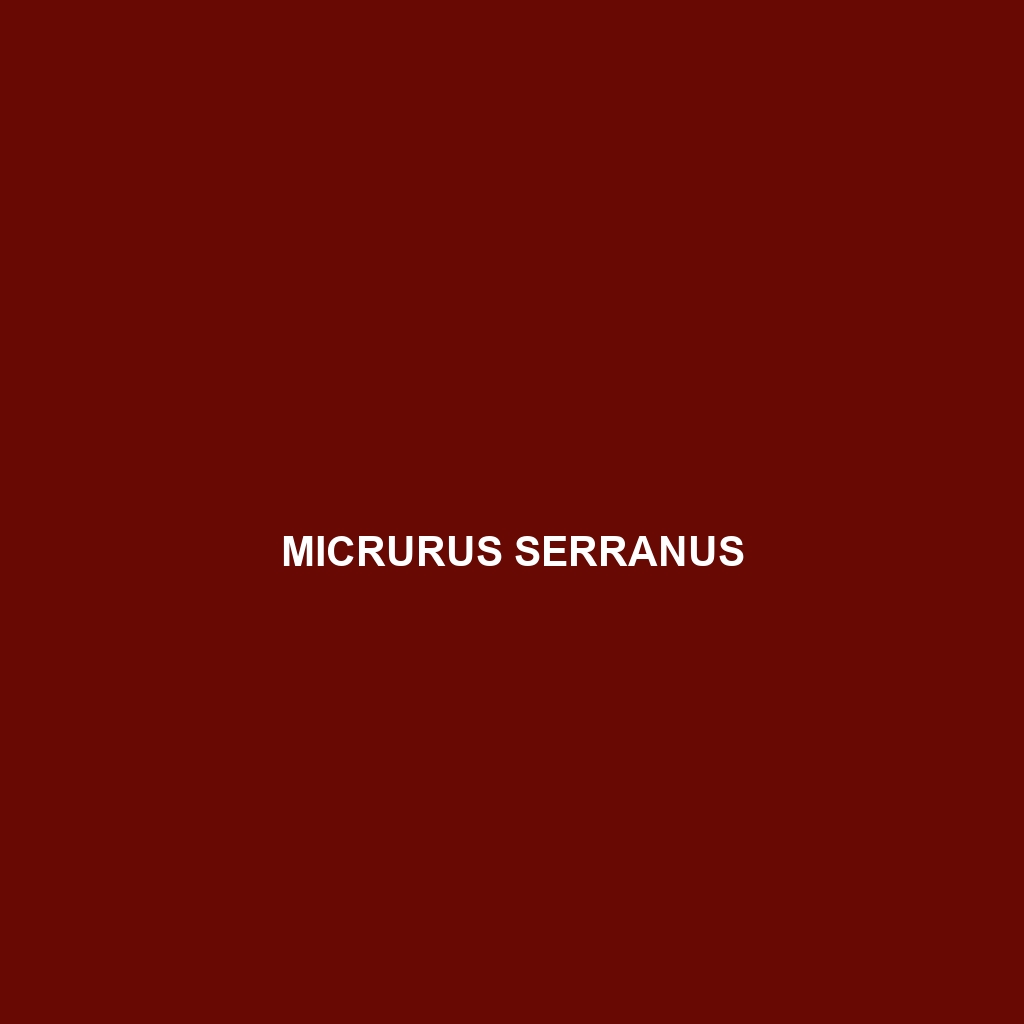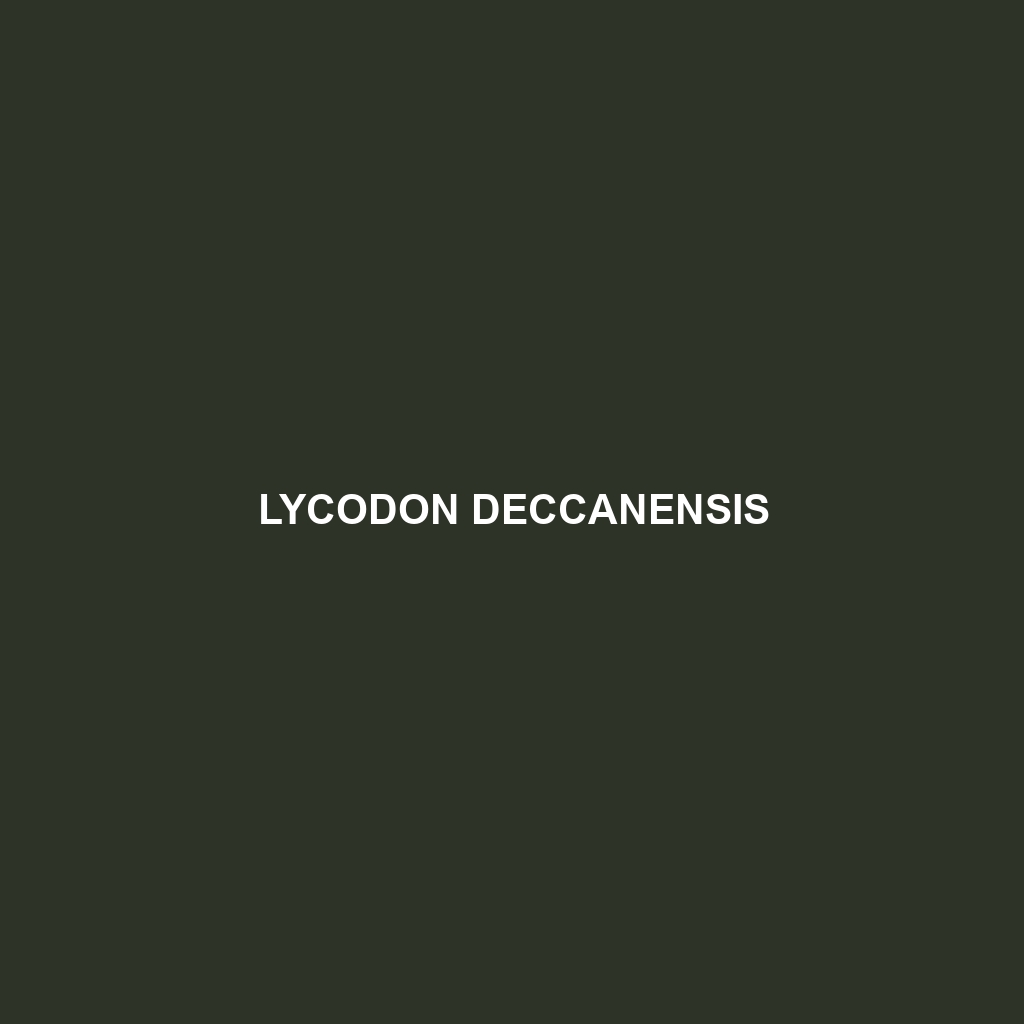<b>Sinomicrurus boettgeri</b>, known as Boettger's Coral Snake, is a strikingly patterned venomous snake found in humid temperate and subtropical forests of Southeast Asia, featuring vibrant yellow, black, and red bands. This agile predator primarily feeds on small reptiles and plays a vital role in maintaining the ecological balance of its habitat.
Tag: Batesian mimicry
Pareas geminatus
Discover the fascinating Pareas geminatus, or twin-barred snake, a slender, nocturnal species native to the tropical rainforests of Southeast Asia, characterized by its striking green and brown coloration, prehensile tail, and diet of small vertebrates and insects. This unique snake plays a vital role in its ecosystem, contributing to biodiversity and population control.
Oligodon melaneus
<b>Oligodon melaneus</b>, commonly known as the black ground snake, is a medium-sized, nocturnal predator found in diverse Southeast Asian habitats, including rainforests and savannas. With glossy black or dark brown coloration and a carnivorous diet of small rodents and lizards, this adaptable species plays a vital role in maintaining ecological balance.
Micrurus serranus
The Micrurus serranus, or Central American coral snake, is a vibrant, nocturnal predator found in the rainforests of Costa Rica and Panama, characterized by its striking red, black, and yellow banding and potent neurotoxic venom. This species plays a vital role in controlling the populations of small reptiles and amphibians, contributing to the ecological balance of its diverse habitats.
Micrurus hippocrepis
This stunning Micrurus hippocrepis, also known as the horse conch, is a vibrant, venomous snake native to the tropical rainforests and savannas of Central and South America, characterized by its striking black and yellow or white banding and agile, slender body. Primarily nocturnal, this snake plays a vital role as a predator in its ecosystem, feeding on small mammals, birds, and reptiles, while its unique mimicry adaptation helps it avoid predation.
Micrurus helleri
Discover <b>Micrurus helleri</b>, or Heller's coral snake, a vibrant and elusive species found in Central America's tropical regions, characterized by its striking banded coloration and potent neurotoxic venom. This nocturnal predator plays a vital role in its ecosystem, maintaining the balance of small vertebrate populations while exhibiting unique behaviors like ambush hunting and playing dead when threatened.
Lycodryas gaimardi
Lycodryas gaimardi, commonly known as Gaimard's snake, is a medium-sized, nocturnal carnivore found in the tropical and subtropical forests of South America, characterized by its slender body, intricate color patterns, and ability to blend into its surroundings for effective hunting. This adaptable species plays a vital role in its ecosystem by regulating prey populations and serving as an important indicator of biodiversity.
Lycodon maculatus
<b>Lycodon maculatus</b>, known as the spotted wolf snake, is a nocturnal carnivore primarily found in tropical regions of Southeast Asia, known for its distinctive earthy coloration and dark spots. This adaptable species plays a crucial role in regulating local ecosystems by preying on small mammals, lizards, and insects.
Lycodon deccanensis
<b>Lycodon deccanensis</b>, commonly found in the Deccan Plateau of India, is a slender, non-venomous snake measuring 1 to 1.5 meters in length, characterized by its smooth, glossy scales ranging from light brown to olive green. Primarily nocturnal and an opportunistic feeder, it plays a vital role in controlling insect populations while serving as prey for larger predators.
Leptodeira misinawui
Discover the captivating Leptodeira misinawui, known as the Misinawi snake, a nocturnal predator from the lush rainforests and savannas of Central and South America. With its striking coloration, slender body, and unique behaviors, this fascinating species plays a vital role in maintaining ecological balance through its diet of small vertebrates and invertebrates.









